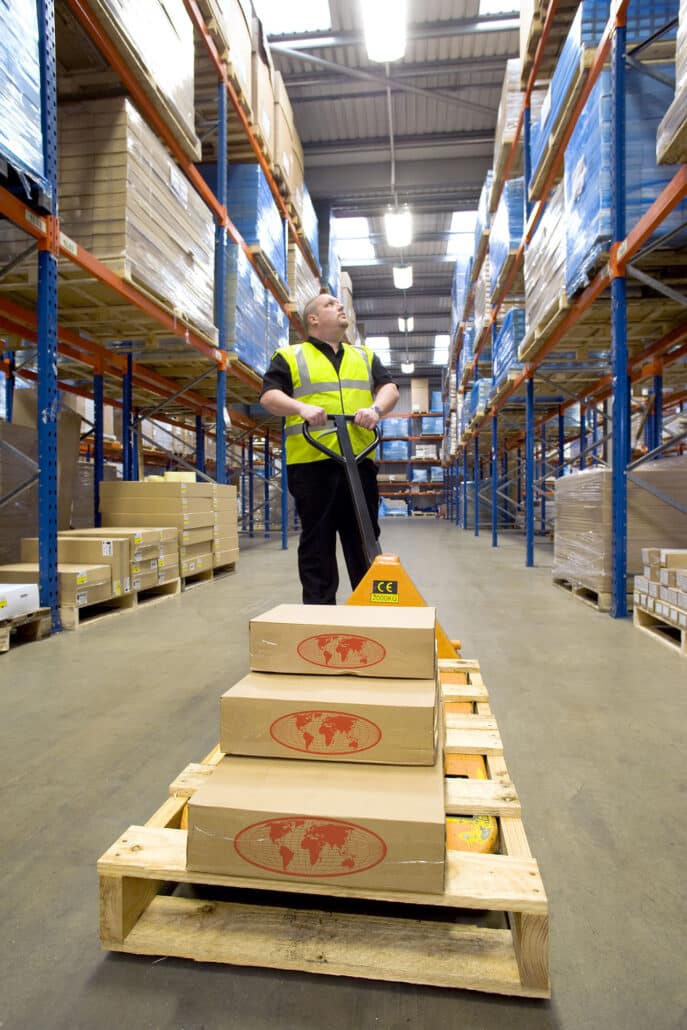Manual Handling
Manual Handling
The Importance of Manual Handling Training for Workforces: Benefits for Remote and National Companies
In today’s dynamic work environment, effective training is crucial for maintaining safety and efficiency. Manual handling training, in particular, has emerged as a vital component for companies, whether they operate locally or nationally.
This article explores the importance of manual handling training, highlighting its benefits for workforces across various sectors.
What is Manual Handling?
Why Manual Handling Training Matters
- Injury Prevention: Manual handling injuries are among the most common workplace accidents, often leading to musculoskeletal disorders (MSDs). Training helps employees understand the risks associated with improper lifting techniques and provides strategies to mitigate them, significantly reducing workplace injuries.
- Increased Productivity: When employees are trained in safe manual handling practices, they can perform their tasks more efficiently. Reduced injury rates lead to fewer sick days and a more engaged workforce, ultimately boosting productivity.
- Compliance with Regulations: Many countries have strict regulations regarding manual handling practices. Providing training not only ensures compliance with legal requirements but also demonstrates a company’s commitment to employee safety and well-being.
- Enhanced Employee Confidence: Training empowers employees with the knowledge and skills necessary to handle loads safely. This confidence can lead to better job performance and higher job satisfaction, creating a positive workplace culture.
- Cost Savings: Injuries related to manual handling can be costly due to medical expenses, compensation claims, and lost productivity. By investing in training, companies can significantly reduce these costs in the long run.

Benefits for Remote and National Companies
Remote Companies
- Tailored Training Programs: Remote companies can have customised training modules that cater specifically to their workforce’s needs. Online platforms can facilitate interactive training sessions, making it accessible for employees working from various locations.
- Consistent Standards: Remote work often leads to diverse practices across teams. Manual handling training ensures that all employees adhere to consistent safety standards, promoting a uniform approach to handling tasks safely.
- Flexibility and Convenience: With remote work, employees can access training materials at their convenience. This flexibility increases participation rates and allows for a more thorough understanding of manual handling principles.
National Companies
- Scalability: National companies can implement standardised training programs across all locations, ensuring that every employee receives the same quality of instruction. This scalability enhances overall safety protocols across the organization.
- Cultural Cohesion: Training helps establish a safety culture within national companies, fostering a sense of shared responsibility for employee well-being. This cultural alignment is vital for maintaining high standards across various regions.
- Improved Communication: Regular training sessions encourage open dialogue about safety practices. This communication is essential for identifying potential hazards and addressing them proactively, especially in large organizations with multiple teams.
Manual handling training is an invaluable investment for any workforce. By prioritising safety and equipping employees with the necessary skills, companies can significantly reduce injuries, enhance productivity, and foster a positive work environment.
Whether operating remotely or nationally, the benefits of manual handling training resonate across the entire organisation, leading to a healthier, more efficient workplace.As the workforce continues to evolve, embracing comprehensive training initiatives is not just a good practice; it’s essential for long-term success.
